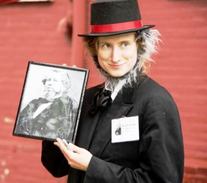 Kylie Pine as John B. Preston, Surveyor General of Oregon, 2016
Kylie Pine as John B. Preston, Surveyor General of Oregon, 2016 The picture to the left exemplifies one of the many hats Kylie Pine wears as the curator and collections manager at the Willamette Heritage Center, a five-acre complex on the grounds of the former Thomas Kay Woolen Mill which contains three of the oldest buildings in the Pacific Northwest, a small retail "mall," exhibit and instructional space, and a staffed research library and archive.
In this 2016 picture, she is donning her visitor experience manager's hat, enhancing the experience of participants in WHC's annual Oregon Trail LIve event. This event is based on the popular computer game developed in Oregon and allows teams of "settlers" to experience challenges similar to what our early pioneers might have faced coming to Oregon--connecting to history through a fun event. This annual event is held each summer, with September 9 being the date for this year's event.
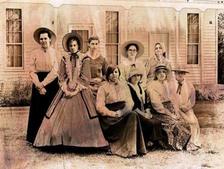 Teen Interpreters at WHC, 2015
Teen Interpreters at WHC, 2015 These exhibits do not simply 'happen' according to the adopted schedule. WHC currently has a five-year calendar for developing new exhibits. This allows staff and members of an advising committee to determine the theme, find the necessary funding, and select the artifacts which best describe the theme. Producing quality exhibits requires a high level of funds, so this nonprofit organization must continually research fundraising opportunities.
| | WHC has the distinction of being the debut city for a major traveling exhibit, Courage and Compassion, that will be shown at 10 more cities through 2019. Hosted in Salem until September 23, this major exhibit chronicles the Japanese-American Experience during World War II. The exhibit describes the impact of Federal Order 906, approved following the Pearl Harbor attack, on the 340-some Japanese-Americans living in the mid-Willamette Valley in 1940, mostly in the Lake Labish area north of Salem, but also in the downtown area and in the Independence/Monmouth area. More than 200 individuals, a majority of whom were American citizens, were transported from their homes and businesses to incarceration camps across the country. Only five families would eventually return to Salem to try and resurrect their lives here. There is a local connection with each of the 11 cities the exhibit will visit. A sad part of our nation's history, certainly, but an important part of the history of the Pacific Northwest that we should each value and learn more about. |
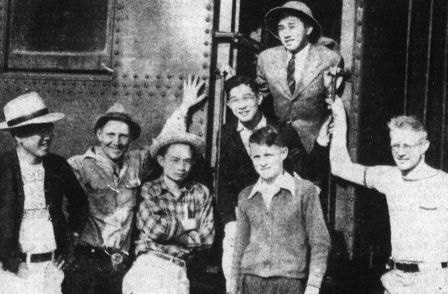
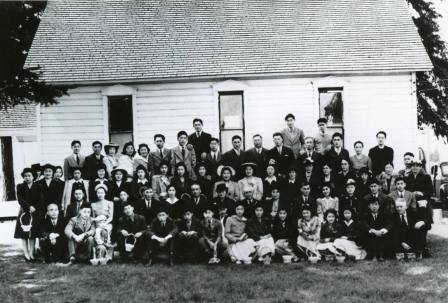
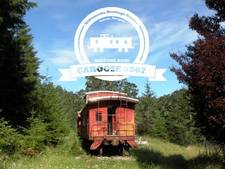
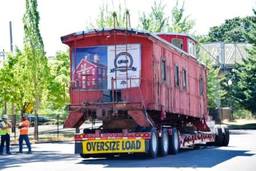
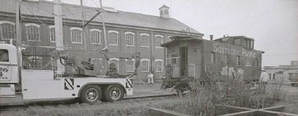
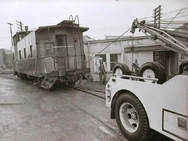


 RSS Feed
RSS Feed